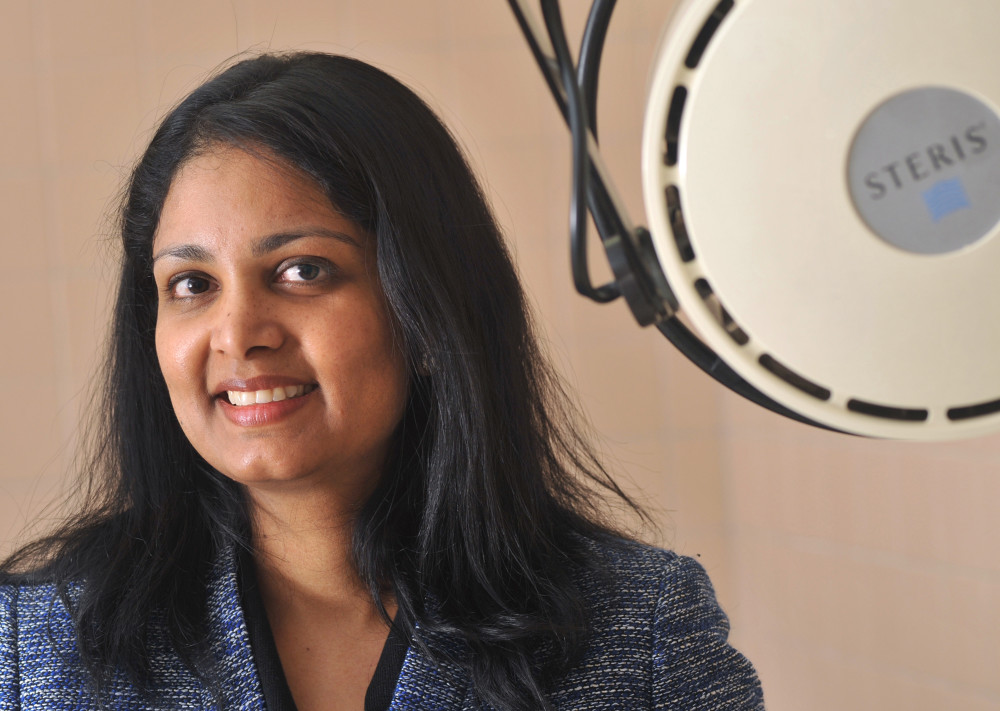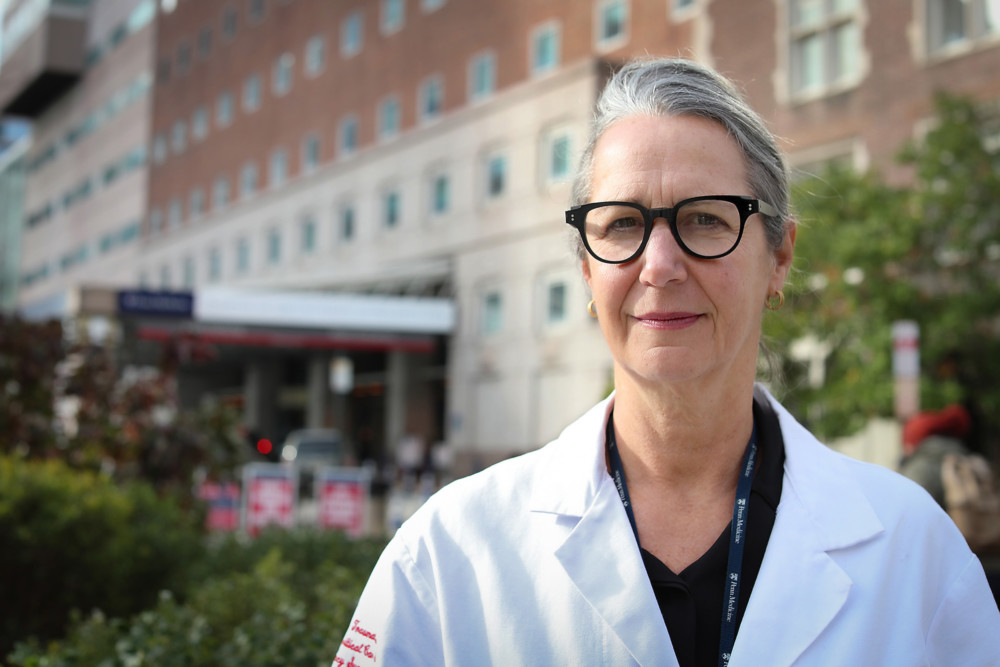By Mary Carole McCauley
The Baltimore Sun.
BALTIMORE
Some speak of being nine months’ pregnant and resting their bulging bellies on top of operating tables so they can lean in close enough to slice into patients.
Others worry that the grueling surgical residency period, which can last as long as six years and which general occurs during a woman’s peak child-bearing period, will prevent them from becoming mothers.
Still others have persevered even after being told that women aren’t competent to lead a surgical team.
Despite these obstacles, each of the 60 women who contributed to the new book “Being a Woman Surgeon,” edited by Baltimore’s Dr. Preeti John, also talk in vivid and convincing detail about joy. Though there are other books about female surgeons, John said that hers is the first anthology in which these doctors discuss their personal experiences in essays, interviews and poems.
The book’s contributors marvel at the intricacy of the human body. They describe going into a meditative trance during the ritual of being gowned before a procedure. They express their pleasure at healing patients in a few hours instead of having to wait for months or years to see results.
“I’m constantly being asked by female medical students and interns and residents if being a surgeon is worth it in the end,” said John, who is acting director of the surgical intensive care unit at the Baltimore VA Medical Center. “I tell them that life does become a little more predictable once they make it through residency. I tell them how exciting surgery is, what it’s like to use your hands to make a palpable difference in someone’s life.”
The anthology is rooted in her experience of moving to the United States in 1999 from her native India to begin a surgical residency at Johns Hopkins Hospital. Not only was John one of just a small number of female surgical residents, she also had to adjust to a foreign culture. She was desperate to find role models who could share their own stories of triumphing over obstacles.
Unfortunately, female mentors were few and far between.
According to a 2010 report by the American College of Surgeons, there were 28,879 female surgeons in the U.S. in January 2009, or a little over 21 percent of the country’s 135,854 surgeons.
That’s a small but significant increase from the 23,546 female surgeons in the U.S. in January 2005, which represented almost 18 percent of the country’s 132,350 surgeons.
There’s a reason, actually, several reasons, that female doctors traditionally have stayed away from surgery, John said.
Surgery is physically rigorous and can require doctors to stand on their feet for as much as 24 hours at a time.
In addition, surgical residencies tend to last for either five or six years, while other residencies may require three years. And the residency schedule is notoriously brutal; in 2003, the workweek was limited to a “mere” 80 hours.
Though that’s an ordeal for anyone, it’s particularly difficult for women hoping to become mothers, she said. Most residencies occur when doctors are in their mid-20s, the years women also are most fertile.
Residents in the 1960s and 1970s who got pregnant often found themselves out of a job.
“Surgeons were supposed to be completely focused on and dedicated to their patients,” John said. “Pregnancy traditionally was not tolerated, because if you were away for maternity leave, it affected other people.”
In addition, the medical profession, and in particular surgery, where the surgeon functions as the leader of a team, was a place where not just sexism but bullying was rampant.
“I’ve heard stories of male surgeons throwing instruments,” John said, “though that was in the past. You could never get away with that kind of behavior in this day and age.”
In the early 1960s, when Patricia Numann was applying to medical schools, a quota was usually placed on the enrollment of female students nationwide, between 5 percent and 10 percent of the class. Most surgical residency programs in the U.S. flat-out didn’t accept women. After more than a year of negotiation, in 1965, she became the first and only woman to enter the residency program at Upstate Medical University in Syracuse, N.Y.
The problems didn’t end when Numann joined the staff of her medical alma mater in 1970. But she did become adept at figuring out creative maneuvers.
For instance, when the dean denied her request to raise the salaries of a cadre of women who posed as patients to help train medical students studying the female anatomy, Numann held a bake sale to raise additional funds, and set up shop directly outside his office.
“I always thought this was one of my stellar moves,” said Numann, who now is retired. “He stood in his door with this great big grin on his face. I never had to argue for more money for those women again.”
Numann became the first female chair of the American Board of Surgery in 2004 and followed up that honor by becoming the second female president of the American College of Surgeons in 2011.
As late as 1986, when Sheri Slezak was applying for a three-year fellowship in plastic surgery at Hopkins, serious problems persisted. For instance, she said, her interviewers threatened to fire her if she got pregnant during her fellowship.
“It was like going back in time 50 years,” said Slezak, now chief of plastic surgery at the University of Maryland School of Medicine. “They told me they had never had a good woman resident, and they sent me to lunch with the department secretary. One of the general surgeons was often heard to proclaim, ‘Women do not belong in surgery.'”
Slezak nonetheless persevered and completed her fellowship at Hopkins in 1989.
Janice Clements, vice dean for Hopkins’ medical school, acknowledged that there were problems with sexism at the institution until about 2007, when Dr. Julie Freischlag was appointed the first female chief of surgery.
“Things have changed dramatically since then,” Clements said, and Slezak agrees.
“There was a decision by leadership that we had a problem and that the culture in the surgery department was not acceptable,” Clements said. “Julie put in changes that not only modernized and opened up the residency program at Hopkins to more women but that sent a signal to the rest of the country.”
John often finds herself thinking about the teenage Margaret Ann Bulkley, who in 1809 cut her hair short, put on a pair of pants and enrolled in medical school. For the rest of her life, the surgeon, who rose in the British army to the rank of inspector general in charge of military hospitals, went by the name of James Barry. The truth was discovered only after Bulkley’s death in 1864.
“We’ve come a long way,” John said, “since women who wanted to train as surgeons had to disguise themselves as men.”

















































































































































































































































































































































































